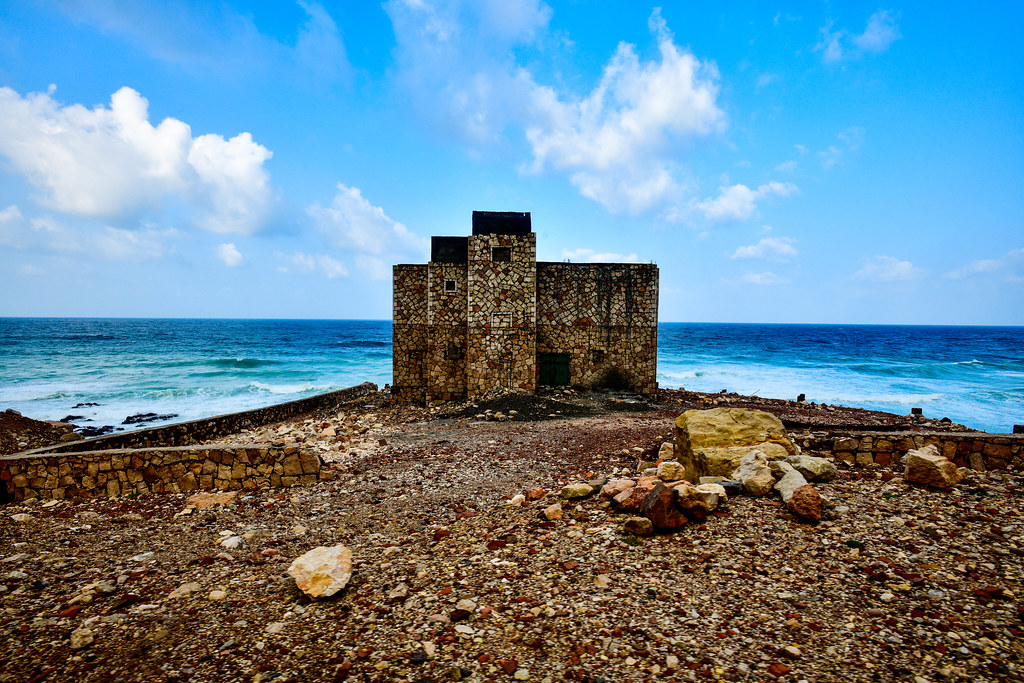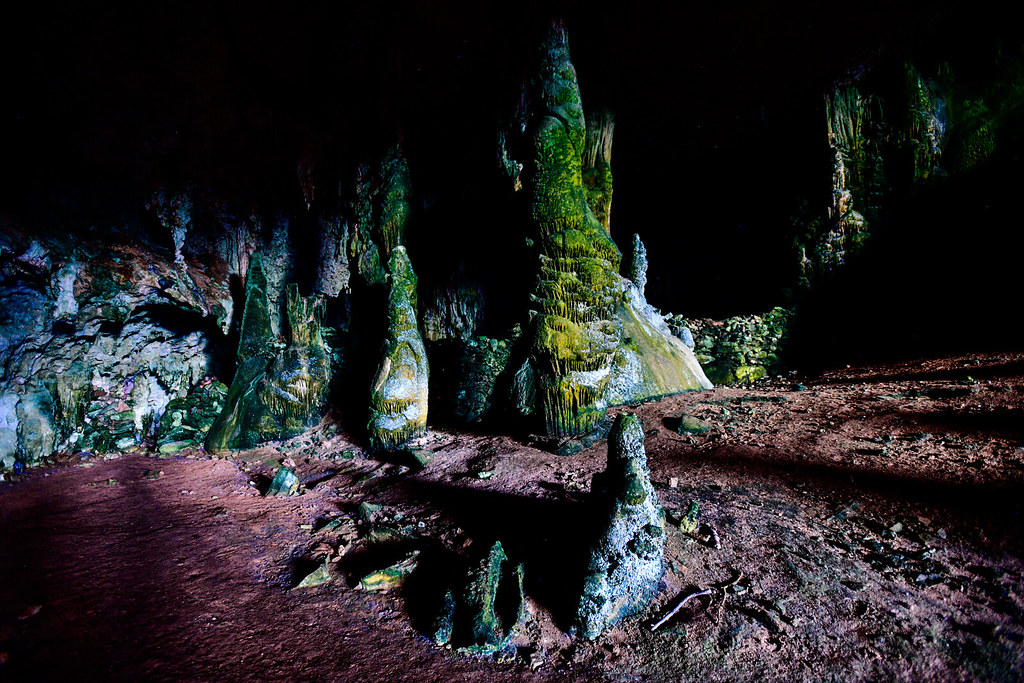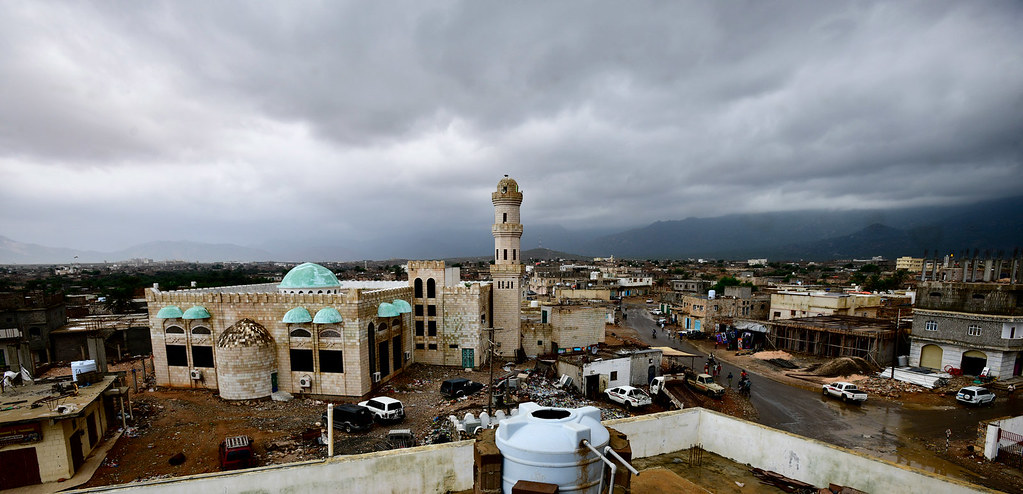Special thanks goes to our Young Pioneer Tours guide Pier-André Doyon for the blogpost title.
240km east of the coast of Somalia and 380km south of the Arabian Peninsula lies a 132 km x 49.7km island called Socotra: a UNESCO World Heritage Site and home to countless endemic species and described as “the most alien-looking place on Earth.”
Due to its isolation, Socotra is famous for its unique eco-system found nowhere else on this planet, and most notably being home to the famous Dragon Blood and bottle trees.
However, due to the civil war and humanitarian crisis on the mainland still ongoing at the time of posting, logistical and ethical conundrums have stifled the once booming tourism to Socotra Island. From what used to be hundreds of tourists a week have now trickled down to mere teens.
Therefore we have struggled since 2012 in finding the right time to visit Socotra in a sustainable, ethical manner, without feeling we would overwhelm the islanders with our presence. Now that tourism has been slowly reemerging as of late, we have been steadfastly reassured that our presence as Western visitors will ensure a minimal logistical and environmental footprint given that we would be camping nearly every night.
Furthermore, we have been reminded that arriving in small groups we would both create a steady, sustainable positive impact in improving the welfare of the island, and encourage the Yemenese government to find a way to broker a ceasefire and open its doors back up to the world. One could only hope.
If I learned anything from travel, there is no right and wrong, black or white; so when we were given the option under these circumstances, I decided the only way to find out was to find out.
Currently the only legal way into Socotra for Western tourists is via a once-weekly, frequently delayed, and $1200 USD Yemenia Airways flight every Tuesday night/Wednesday morning at 2am, with a 1-2 hour stopover in Seiyun on the Yemen mainland before its scheduled landing in Socotra at 8:45am.
The return flight from Socotra is also the same once-weekly, frequently delayed Yemenia Airways flight that departs one hour later at 9:45am, with a 1-2 hour stopover in Seiyun, before finally returning to Cairo sometime that afternoon.
That means if you’re planning a visit to Socotra, prepare to be, for the lack of a better word, “marooned” on the island no less than one week increments as that single weekly flight is your only way in and out of this lost paradise. Furthermore, Socotra Island has been one of the least developed places I have ever spent an entire week in — we camped outside nearly every night, the only 2 hotels on the island have no working internet or laundry (and one of which is infested with bed bugs), and our guides (and one day, even us) had to hunt for our food.
Therefore if you plan a stay here and want to go budget, be prepared to completely detox from social media and the rest of the world (which I think was a good thing), and have your patience tested by everything running on island time (when anything is planned to take an “x” amount of time, they really mean multiply “x” by 2 and add another 20-40 minutes extra)
Big picture wise, I personally enjoyed my experience here as there are far worse places to be stuck in for a week, but I have to admit despite after an eye-opening 4 days, I was beginning to come down with mild island fever after we began to repeat many of our activities, which you’ll be able to discern between the lines through my blogposts below.
Day 1: NYC to Frankfurt to Cairo to Seiyun to Socotra Island —
Hadibo Do Be Dooo…
. . . So after a 6-week hiatus from nearly a year of monthly travels, it’s time to hit the road again. With 85,000 miles I booked the Lufthansa LH 401 flights on business class from JFK to FRA to CAI all for $60 USD. The experience began with the quick obligatory visit to the Lufthansa Senator Lounge at JFK. . . .
. . . click here to read more: Hadibo Do Be Dooo
Day 2: Arher Ahoy!
. . . We soon headed for Homhil National Park, famous for its Dragon’s blood trees which cannot be found anywhere else. . . .
. . . click here to read more: Arher Ahoy!
Day 3: Life On Mars In Hoq’s Cave
. . . This cave is one of the most important spots on the island and the closest you can get to visiting an alien planet . . .
. . . click here to read more: Life On Mars In Hoq’s Cave
Day 4: Where There May Be Dragons In Dixsam
. . . After setting off for what I felt was an unnecessary hike, we all soon realized we had made a poorly timed decision as we soon got rained on and a flash flood prevented us from crossing back over to our vehicles. Yikes! . . .
. . . click here to read more: Where There May Be Dragons In Dixsam
Day 5: Always Up to Nogud!
. . . From here we hiked through Fermahin – a forest and the highest concentration of Dragon’s Blood trees on the island (and I guess by transitive property, the rest of the world). . . .
. . . click here to read more: Always Up To Nogud!
Day 6: A Monsooner Always Pays Their Detwah!
. . . We hiked around the cliffs of the lagoon to pay a visit to Abdullah, a man living with his family (who was nowhere to be seen…) in a cave since a hurricane. . . .

. . . click here to read more: A Monsooner Always Pays Their Detwah!
Day 7: Rico Shuaab-ey
. . . The waves were rough, as we almost capsized more times I would have wanted to count. But we passed by huge rock formations, countless jellyfish and a few dolphins . . .
. . . click here to read more: Rico Shuaab-ey!
![]()
- At time of posting in Habido, Yemen, it was 24 °C - Humidity: 88% | Wind Speed: 23km/hr | Cloud Cover: sunny


















